
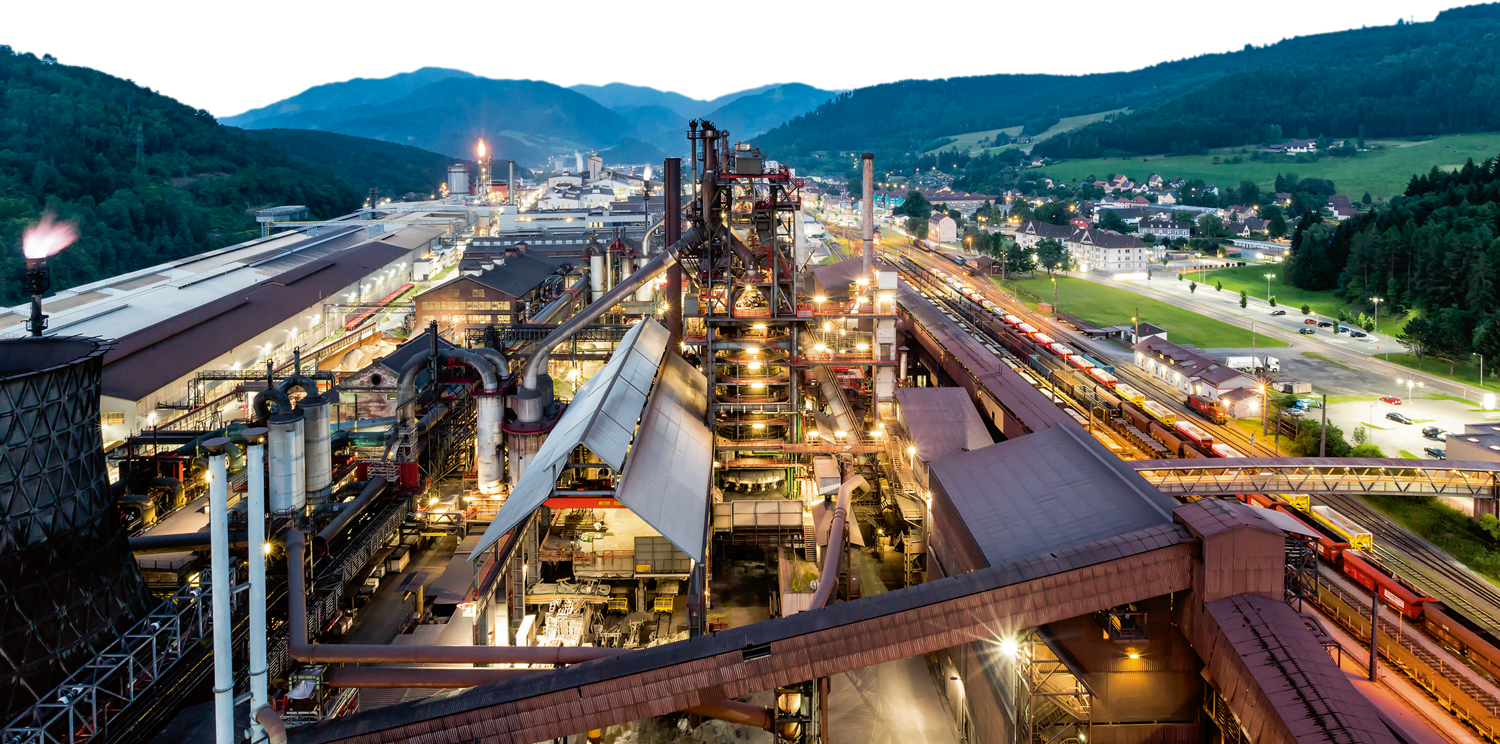
he coming decade will be decisive for decarbonizing the economy,” according to a recent report from McKinsey & Co. “Metals and mining companies have been presented with a special challenge of their own: supplying the critical inputs needed to drive [this] massive technological transition.”
McKinsey cited nine critical technology applications that industries, utilities and governments will employ to reduce carbon emissions through millions of individual actions. The consultancy’s researchers claim steel will play a role in all nine: Geothermal, hydrogen, nuclear, bioenergy, electricity networks, concentrated solar, solar photovoltaic, wind power and electric vehicles. The role of carbon and stainless steels will be found primarily in the infrastructure of these technologies.
A flood of new investments have been announced, launched or completed over the past year with the goal of lowering carbon emissions in the manufacturing of iron and steel, which helps steel-consuming customers reduce their own carbon footprints.
“As we build momentum toward net-zero carbon emissions by 2050, the opportunity to explore the potential for a hydrogen hub in this region—anchored in the Mon Valley—is cause for optimism,” Richard Fruehauf, U.S. Steel’s senior vice president, chief strategy and sustainability officer, stated last summer.
The companies will assess the technological and commercial possibilities for hydrogen and CCS, and will explore and demonstrate the potential opportunities for natural gas when coupled with CCS to achieve decarbonization.
ArcelorMittal delved into projects in Belgium and Canada late last year to reduce its carbon footprint. The steelmaker has invested millions of dollars into LanzaTech, a carbon recycling company. A Carbalyst plant—ArcelorMittal’s flagship carbon capture and re-use technology project costing €180 million—is under construction in Ghent, Belgium, with commissioning expected before the end of 2022.
This is in addition to the building of a 2.5 million-tonne direct reduced iron (DRI) plant and two EAFs at Ghent. They will operate alongside an existing blast furnace that is ready to take waste wood and plastics as a substitute for fossil carbon. That project should reduce CO2 emissions by 3.9 million metric tons per year by 2030.
ArcelorMittal Mining Canada will spend Cdn $205 million in its Port-Cartier pellet plant to convert 10 million metric tons of pellet production to DRI pellets by the end of 2025. The project will deliver a direct annual CO2e reduction of 200,000 metric tons, equivalent to over 20 percent of the plant’s total annual GHG emissions. This reduction will be achieved by using less energy during the pelletizing process.
“This investment will propel ArcelorMittal Mining Canada into the forefront of mining and steel decarbonization,” said CEO Mapi Mobwano.
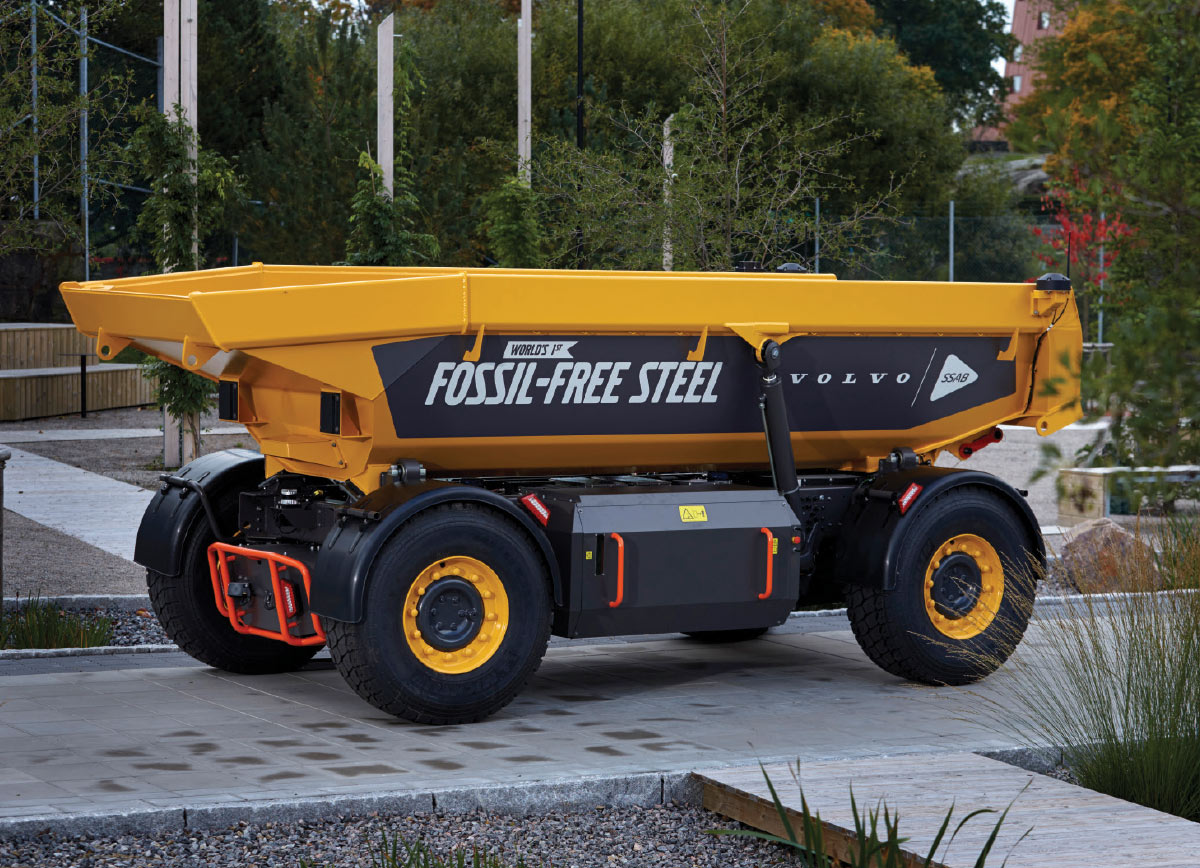
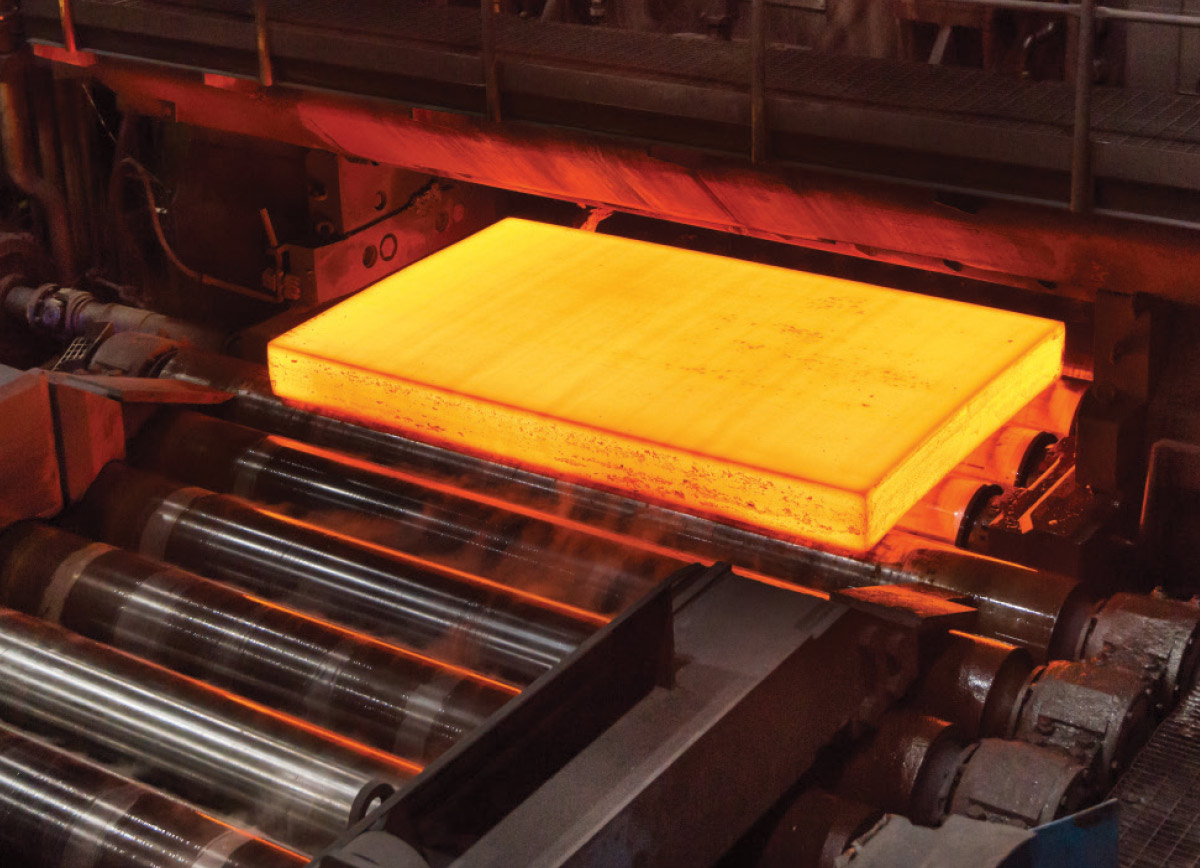
The $285 million project, named Bighorn Solar, was built by Lightsource bp. More than 750,000 solar panels provide nearly all the steel mill’s complex’s annual electricity needs and enable it to produce some of the world’s greenest steel products.
Lightsource bp sells the electricity generated at Bighorn Solar to Xcel Energy under a 20-year agreement that provides Evraz with clean, renewable power and price certainty through 2041.
“The deal for fixed-rate power gives Evraz the low, predictable electricity prices it needs to stay in Pueblo and invest in its future, keeping more than 1,000 jobs in the community,” commented Skip Herald, Evraz North America’s CEO.
In December 2020, Commercial Metals Co.’s micromill in Mesa, Arizona, began receiving renewable solar energy from a local solar energy producer, Salt River Project in Tempe. A second micromill in Mesa is being built that will start up next year. This second mill will include equipment builder Danieli’s Q-One technology that directly connects the EAF and ladle furnace to renewable electricity sources such as solar and wind. The Q-One technology reduces electricity transmission losses from the grid and lowers energy consumption by up to 10 percent.
In addition, CMC intends “to construct a solar array on our plant site to provide a meaningful portion of the facility’s power,” according to its 2021 Sustainability Report. Details are forthcoming.
 fixed-rate power gives evraz the low, predictable electricity prices it needs to invest in its future.
fixed-rate power gives evraz the low, predictable electricity prices it needs to invest in its future. 
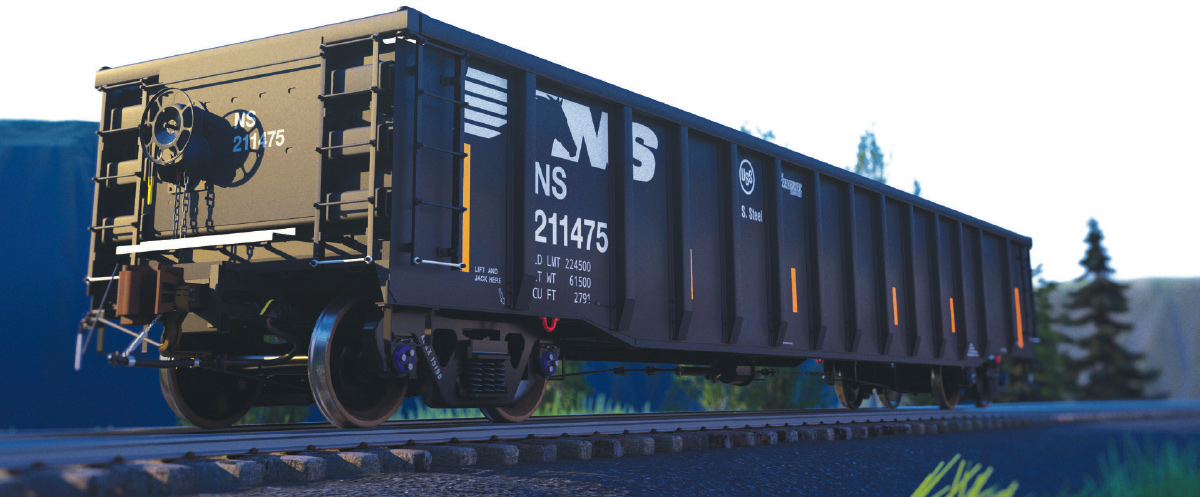
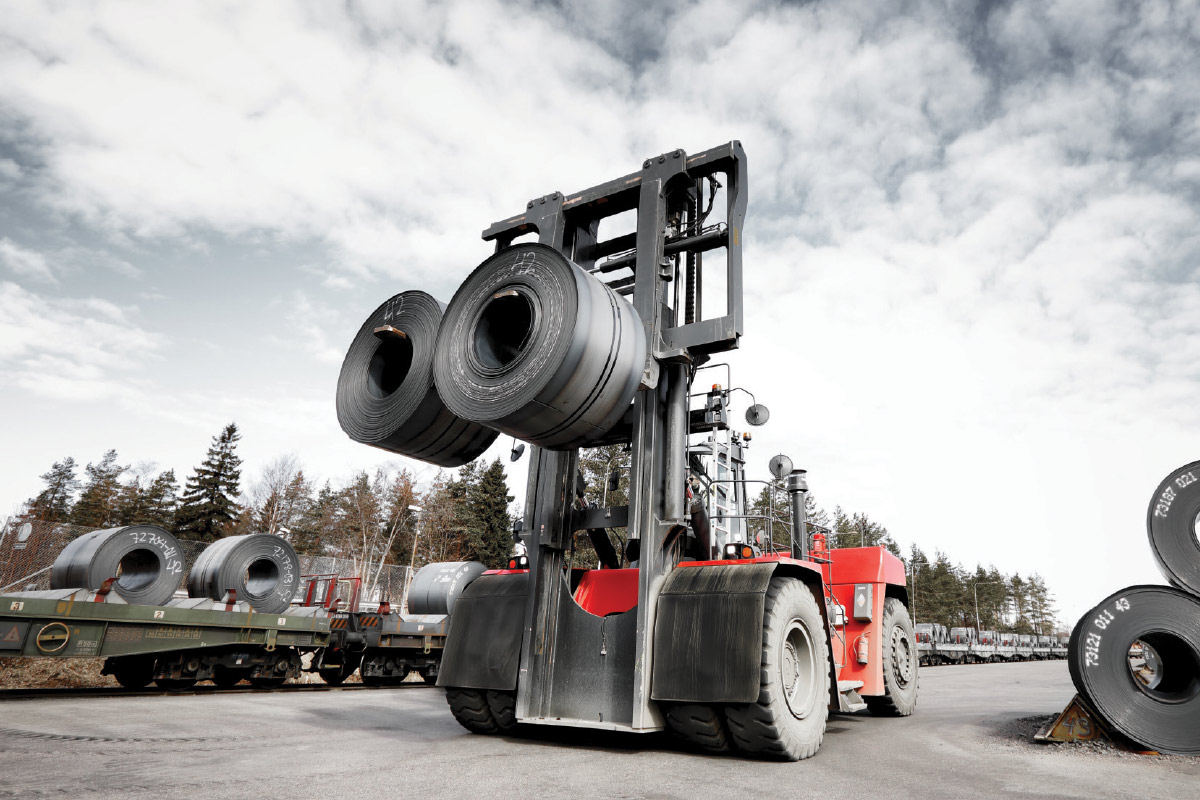
Nucor Corp., for example, debuted a line of net-zero carbon steel products it calls Econiq in mid-October. General Motors Co. will begin using Econiq steels this quarter, according to Nucor President and CEO Leon Topolian.
“By introducing Econiq, Nucor is providing confidence for steel consumers to know they are purchasing the lowest greenhouse gas (GHG) emissions steel product available,” he stated. Econiq will become available across Nucor’s sheet and long product lines.
“The green economy is being built on steel, and Nucor is proving that it can be produced in a sustainable way,” Topalian added.
Shilpan Amin, vice president and general manager of GM’s global purchasing and supply chain, said the automaker is working to integrate sustainability into all aspects of its supply chain, including steel sourcing. All steel purchased by GM from Nucor will be net carbon neutral by the end of this year.
Austrian producer voestalpine launched the Edition brand of steel in December, part of its multi-stage plan (called greentec) for the long-term decarbonization of steel production.
“As a result of an innovative raw materials mix and even more efficient processes, the direct emissions generated during the manufacture of voestalpine’s Edition products have been reduced by around 10 percent,” CEO Herbert Eisenstein explained.
“We are working at our sites in Linz and Donawitz to develop technical scenarios which will drive forward the decarbonization of steel production. By manufacturing and supplying CO2-reduced steel, we have achieved an important first milestone on the path to green steel production by 2050.”
Starting in 2026, SSAB will deliver fossil-free steel to Lindab, a company that makes ventilation and building systems; Autoliv, a manufacturer of vehicle airbags and seatbelts; Volvo Group, for use in heavy mining equipment; Swedish construction and civil engineering firm Peab; and Cargotec, a Finnish firm that makes cargo handling equipment.
In October, Volvo Group unveiled a load carrier for use in mining and quarrying that was made with SSAB’s fossil-free steel. “Volvo Group is committed to pioneering partnerships such as this to develop safe and efficient new vehicles and machines that pave the way for a more sustainable transport and infrastructure system,” said Martin Lundstedt, Volvo’s president and CEO.
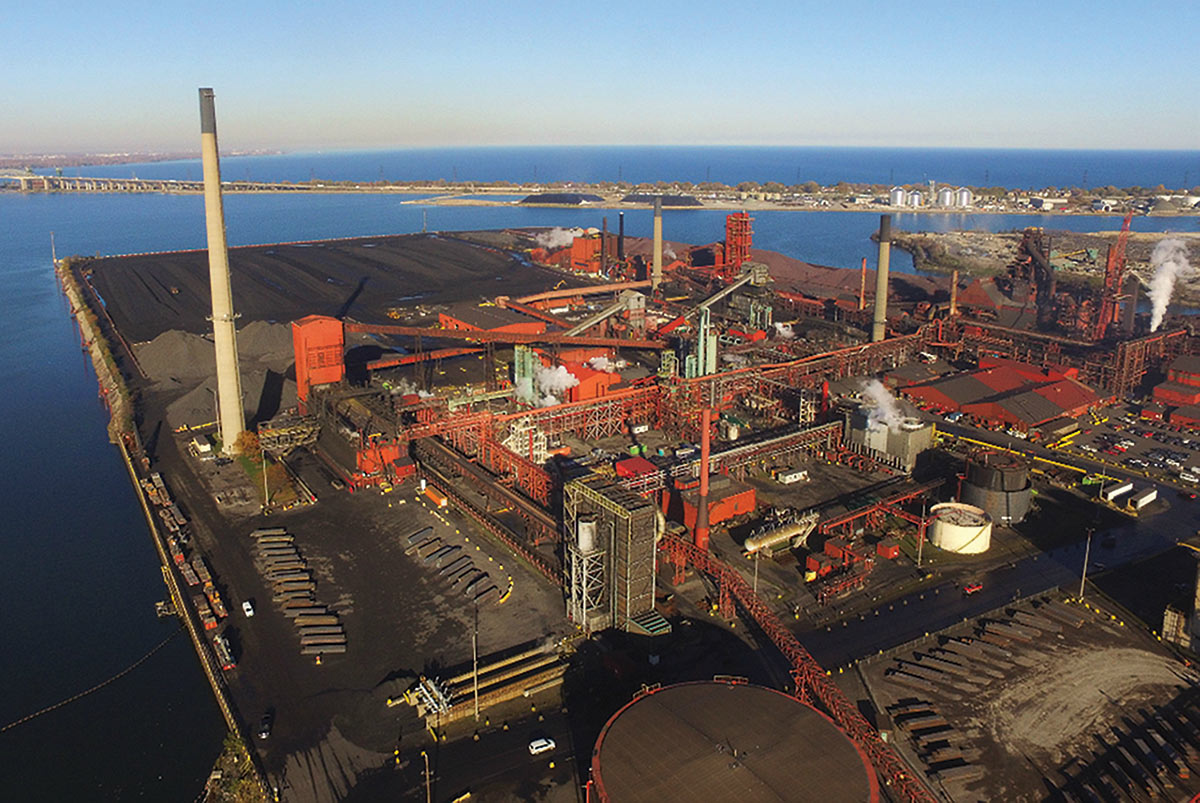
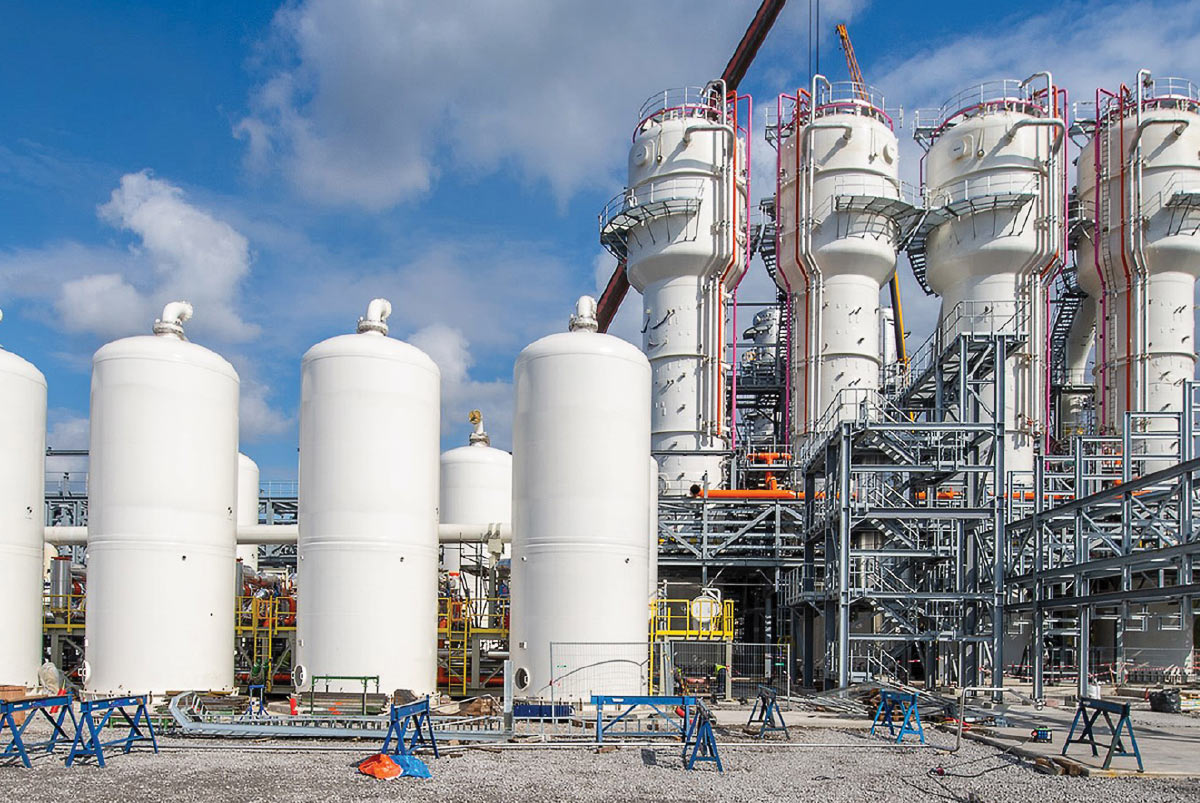
 each gondola will carry more material and will do so by using less energy.
each gondola will carry more material and will do so by using less energy.
Features of the new model include a 50-year life cycle due to the steel’s doubled strength; higher energy efficiency; and higher freight capacity because HSS requires less structural reinforcement, simplifying the manufacturing process and allowing more total cargo space in each railcar.
“The use of lightweight, high-strength steel is a real revolution for railcars,” said James A. Squires, chairman and CEO of Norfolk Southern. “Not only will each gondola carry more material, they will do so by using less energy, making our operations, and our customers’ operations, even more environmentally friendly.”